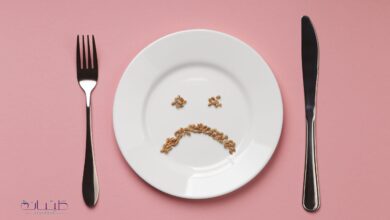Forbidden food for an albumin patient What to avoid and possible alternatives
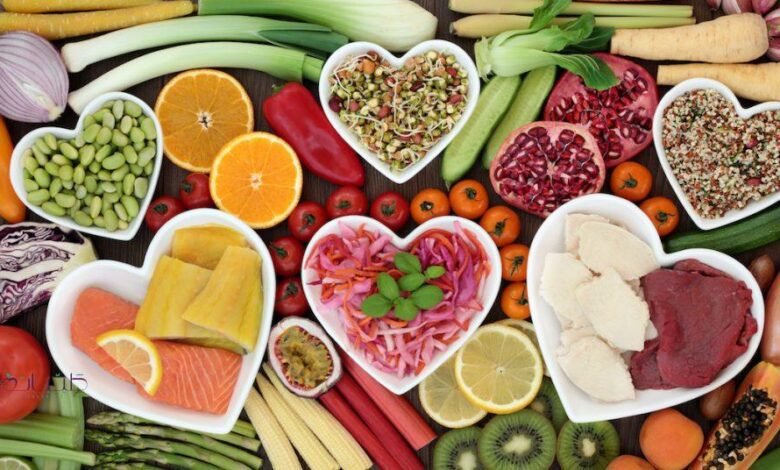
What foods are forbidden for an albumin patient to stay away from? This question should be the first thing that comes to the mind of an albumin patient.
This is because these foods can pose a threat to his health, so we will list for you a list of foods prohibited for albumin patients and their best alternatives.
But we must understand what urine albumin is.
What is albumin?
Albumin occurs as a result of a higher than normal level of protein in the urine, and is usually a sign of kidney problems and many other health problems.
Examples of these problems include high blood pressure, diabetes, heart disease, and difficulty breathing.
Albumin can also cause fluid to accumulate in the body, leading to swelling of the ankles, feet, and hands.
Forbidden food for an albumin patient
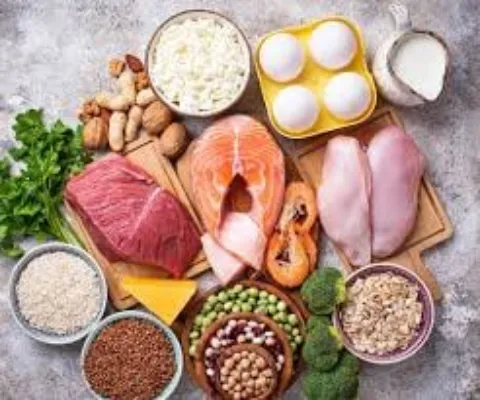

These foods include:
First: foods rich in protein
like:
- Red meat
- Poultry
- fish
- eggs
- Dairy products
- Legumes
Second: Foods rich in sodium
- the salt
- Fast food
- Processed meat
- Soft drinks
- Canned foods
- Fried foods
- Pickles
- Sauces
Third: Foods rich in potassium Of the foods forbidden for an albumin patient
- fruits and vegetables
- Whole grains
- Dairy products
- Nuts and seeds
- Cocoa
Fourth: Foods rich in phosphorus
- Red meat and poultry
- fish
- Dairy products
- Nuts and seeds
- Legumes
- Soft drinks
- Sports drinks
Examples of some foods forbidden for an albumin patient and their alternatives
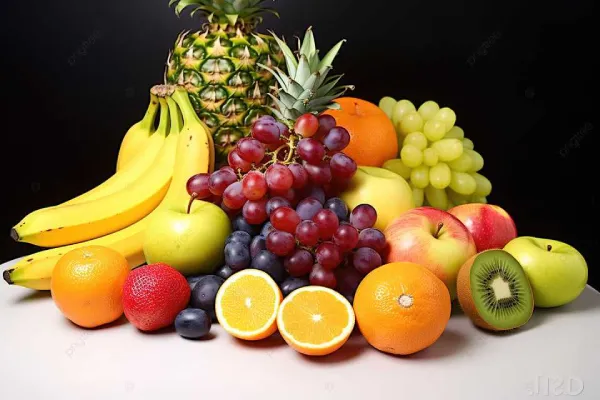

1. Whole wheat bread
White bread is usually recommended over whole wheat bread due to lower levels of phosphorus and potassium.
All types of bread also contain sodium. So it’s best to compare food labels and choose a low-sodium type.
For example: A regular slice (36 g) of whole wheat bread contains about 76 mg of phosphorus and 90 mg of potassium.
While, a regular slice (28 g) of white bread contains about 32 mg of phosphorus and potassium.
2. Brown rice
Brown rice contains a high percentage of phosphorus and potassium. While white rice, bulgur, buckwheat and couscous are all low in phosphorus, they can be a good alternative to brown rice.
Example: Each cup (155 g) of cooked brown rice contains 149 mg of phosphorus and 95 mg of potassium.
But one cup (186 g) of cooked white rice contains only 69 mg of phosphorus and 54 mg of potassium.
3. Banana
Bananas are a rich source of potassium; One medium banana contains 422 mg of potassium. Therefore, it is considered a prohibited food for an albumin patient.
However, pineapple can be a more suitable alternative because it contains much less potassium than some other tropical fruits.
4. Dairy products
Dairy products contain high amounts of phosphorus, potassium and protein. Each cup (240 ml) of whole milk contains approximately 8 g of protein, 205 mg of phosphorus, and 322 mg of potassium.
That’s why low- or fat-free dairy products are the best alternative.
5. Oranges and orange juice
Oranges and orange juice contain a high percentage of potassium. One orange (184 g) contains 333 mg of potassium. Furthermore, there are 458 mg of potassium in one cup (240 ml) of orange juice.
Grapes, apples, and cranberries, as well as their juices, are good alternatives to oranges and orange juice, because they contain less potassium.
6. Potatoes and sweet potatoes are among the foods prohibited for an albumin patient
Potatoes and sweet potatoes are vegetables rich in potassium. One medium-sized roasted potato (156 g) contains 610 mg of potassium, while one medium-sized roasted sweet potato (114 g) contains 542 mg of potassium.
But soaking potatoes in water for 5-10 minutes or boiling them and cutting them into small sizes can significantly reduce their potassium content.
7. Tomatoes
Tomatoes are high in potassium, can be served raw or cooked and are often used to make sauces.
For example: Just 1 cup (245 g) of tomato sauce contains 728 mg of potassium.
Therefore, tomato sauce can be replaced with roasted red pepper sauce. It contains a smaller amount of potassium.
8. Leafy vegetables
Green leafy vegetables like chard and spinach are full of potassium, especially when served cooked.
The amount of potassium ranges between 136-290 mg per cup (30-38 g).
Although their sizes become smaller when cooked, their potassium content remains the same; Therefore, it is preferable to serve it raw rather than cooked.
9. Dried fruits
The nutrients of fruits such as dates, peaches, apricots, raisins and prunes are concentrated when dried, and this includes potassium.
Just four dates contain 668 mg of potassium, and one cup (174 g) of prunes contains 1,270 mg of potassium, which is nearly five times the amount of potassium found in one cup (165 g) of fresh plums.
Therefore, fresh fruits are the best alternative.
Good advice in addition to the prohibited foods for an albumin patient
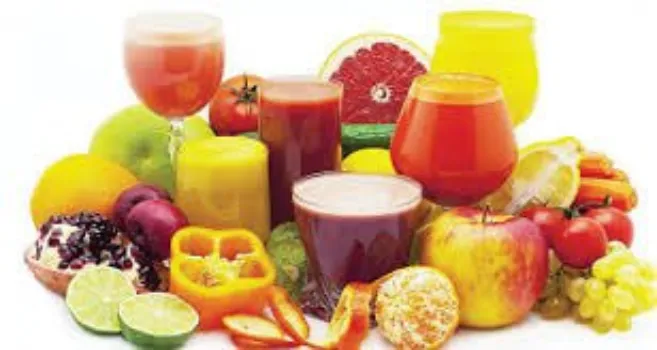

In addition to avoiding foods that are forbidden for an albumin patient, there are some other tips that help albumin patients control the level of albumin in their urine:
1- Follow a low-protein diet
Albumin patients should limit their intake to between 0.6 and 0.8 g of protein/kg body weight per day.
2- Follow a low-sodium diet
Albumin patients should consume no more than 2.3 g of sodium per day.
3- Follow a low potassium diet
Albumin patients should avoid consuming more than 2 g of potassium per day.
4- Follow a low-phosphorus diet
Albumin patients should not consume more than 0.8 g of phosphorus per day.
5- Drink plenty of fluids
Albumin patients should make sure to drink at least 8 cups of fluid per day.
6- Control high blood pressure
High blood pressure can damage the kidneys, leading to a high level of albumin in the urine; Therefore, albuminuria patients should ensure that their blood pressure is monitored and treated if necessary.
7- Controlling high cholesterol
High cholesterol can damage the kidneys, leading to a high level of albumin in the urine; Therefore, patients with albuminuria should ensure that their cholesterol is monitored and treated if necessary.
8- Control blood sugar
High blood sugar can damage blood vessels that help filter proteins in the kidneys, leading to a high level of albumin in the urine.
Therefore, albumin patients must monitor their blood sugar levels, take insulin or diabetes medication as prescribed, and follow an appropriate diet.
9- Doing sports
Exercising reduces protein production in urine by 49%.
It was also found that swimming for 30 minutes twice a week for three months significantly reduces urine protein in patients suffering from albuminuria.
10- Stop smoking
It can reduce the risk of albuminuria by 50% compared to smokers.
In the end, the treatment of albumin depends on treating the underlying cause of the disease, but in all cases, following a healthy diet in addition to avoiding forbidden foods for the albumin patient helps control the level of albumin in the blood and urine.
They should also consult a doctor or nutritionist to obtain more information about the appropriate diet for their condition to reduce the risk of complications.
Sources and references
1- www.healthline.com
2- www.webmd.com
3- www.mayoclinic.org
4- www.kidney.org.uk
5- www.diagnoxhealth.com




